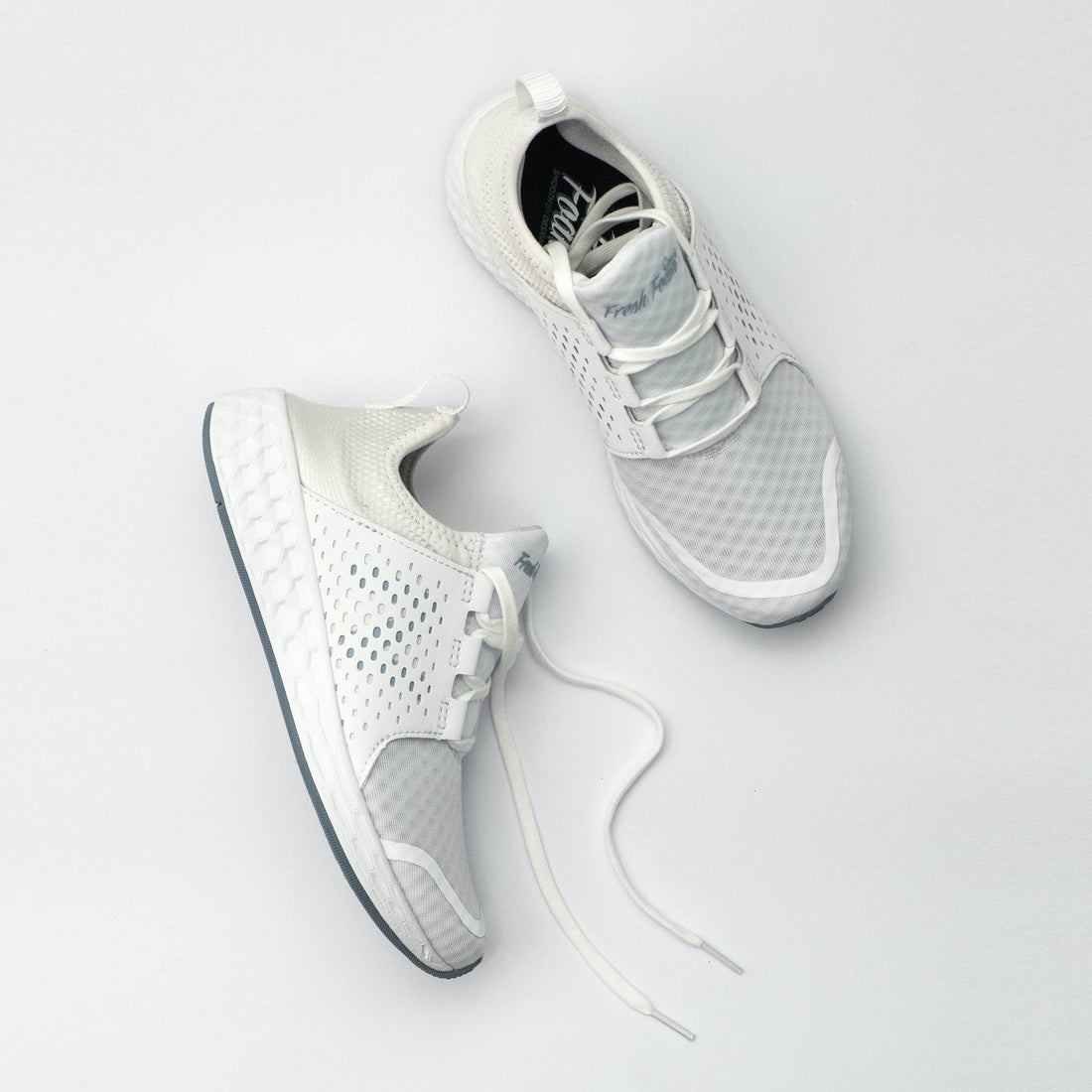
Innovations in Sustainable Shoe Materials
Share
As environmental awareness and sustainability efforts continue to shape consumer choices, the footwear industry has undergone a significant transformation. Brands are increasingly looking for innovative ways to produce shoes that are both eco-friendly and stylish. One of the key aspects of this change is the adoption of sustainable materials. In this blog post, we'll explore the exciting innovations in sustainable shoe materials that are not only reducing the carbon footprint but also revolutionizing the way we think about eco-conscious footwear.
Recycled Plastic
One of the most notable innovations in sustainable shoe materials is the use of recycled plastics. Many brands are now incorporating recycled PET plastic bottles into their shoe designs. The plastic is broken down, spun into fibers, and woven into fabrics for uppers, resulting in lightweight, breathable, and eco-friendly footwear. This not only reduces plastic waste but also conserves resources.
Sustainable Leather Alternatives
Leather is a traditional shoe material, but its production can have a significant environmental impact. To address this concern, companies are exploring alternative materials like mushroom leather (mycelium), pineapple leather (Piñatex), and apple leather. These alternatives provide the look and feel of traditional leather without harming animals or the environment.
Organic Cotton
Organic cotton is another sustainable material making its way into shoe manufacturing. Unlike conventional cotton, organic cotton is grown without synthetic pesticides or fertilizers, reducing water usage and preventing soil contamination. It's a breathable and comfortable option for shoe uppers.
Cork
Cork is a versatile, sustainable material derived from the bark of cork oak trees. It's a renewable resource that regenerates every nine years. Cork is known for its natural buoyancy, shock absorption, and water resistance, making it an ideal choice for shoe insoles and footbeds.
Recycled Rubber
Sole materials are also getting a sustainable makeover. Some brands are now using recycled rubber in their outsoles, reducing the need for new rubber production. This not only minimizes waste but also provides excellent traction and durability.
Algae Foam
Algae foam, made from algae biomass, is being utilized as a sustainable alternative for shoe midsoles. Algae is a rapidly renewable resource, and its cultivation can help improve water quality by removing excess nutrients from water bodies. Algae foam is lightweight and comfortable, making it a fantastic choice for eco-conscious shoe brands.
Hemp
Hemp has been used for centuries for various purposes, and it's now finding its way into the shoe industry. Hemp fibers are strong, durable, and require minimal water and pesticides to grow. Hemp-based materials are often used for shoe uppers and linings, providing breathability and comfort.
Sustainable Synthetics
In addition to natural materials, sustainable synthetic alternatives are emerging. For example, bio-based polyurethane is derived from renewable plant sources, making it a more environmentally friendly choice for shoe components like midsoles and uppers.
Upcycled Materials
Upcycling is the process of converting discarded materials into something of higher quality or value. Some shoe brands are using upcycled materials, such as upcycled textiles or denim, to create unique and sustainable shoe designs.
Water-Based Glues
Traditional shoe manufacturing often relies on solvent-based adhesives, which can release harmful volatile organic compounds (VOCs). Water-based glues are a more sustainable alternative that reduces VOC emissions and contributes to better indoor air quality.
The innovations in sustainable shoe materials represent a significant step forward in the quest for eco-conscious fashion. These materials not only reduce the environmental impact of shoe production but also offer consumers a wide range of stylish, comfortable, and durable choices. By supporting brands that embrace sustainable materials and practices, you can make a positive impact on both the fashion industry and the planet.
